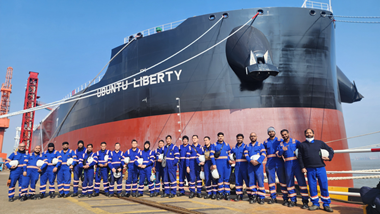The management and storage of waste rock and processed mineral residue remains a critical issue for the global mining industry.
Over the past two decades, there have been several incidents in the sector, arising from the failure of tailing storage facilities (TSFs) that hold, in slurry form, the discarded crushed rock resulting from ore processing. This slurry is known as ‘wet’ tailings, and a breach of a dam wall can have momentous consequences not only within the mining area, but on the communities and environment downstream of the TSFs.
In the light of such incidents, the GISTM, which sets a high bar for good practice in the management of TSFs, was launched in August 2020, with most of the western world’s major mining companies being signatories.
As one of the companies involved in developing the standard, Anglo American is determined to ensure we remain in conformance with its demands, including going beyond compliance through introducing technologies such as coarse particle recovery (CPR) and hydraulic dewatered stacking (HDS) to reduce the number of wet TSFs and prevent them from ever failing in the future.
Boosting local agency
GISTM sets a deliberately high bar for the mining industry, as it integrates social, environmental, local economic and technical considerations for every TSF.
It includes a requirement that many GISTM-adherent companies find the most difficult feature to achieve: to develop and implement a community emergency-preparedness evacuation plan drill.
In this regard, our flagship PGMs operation at Mogalakwena in South Africa has been seeking to more closely involve neighbouring communities through carrying out a series of emergency exercises to raise awareness of a potential emergency that would arise in the unlikely event of a failure of a TSF.
The exercises have multiple aspects. These include a design functionality to test the sirens that would warn people of a TSF failure (or other emergencies such as floods and fires requiring evacuation); facilitate better communication between the mine and the communities; simulate community evacuation routes, including response times; and assessing the availability of various resources in the community to ensure safe evacuations.




